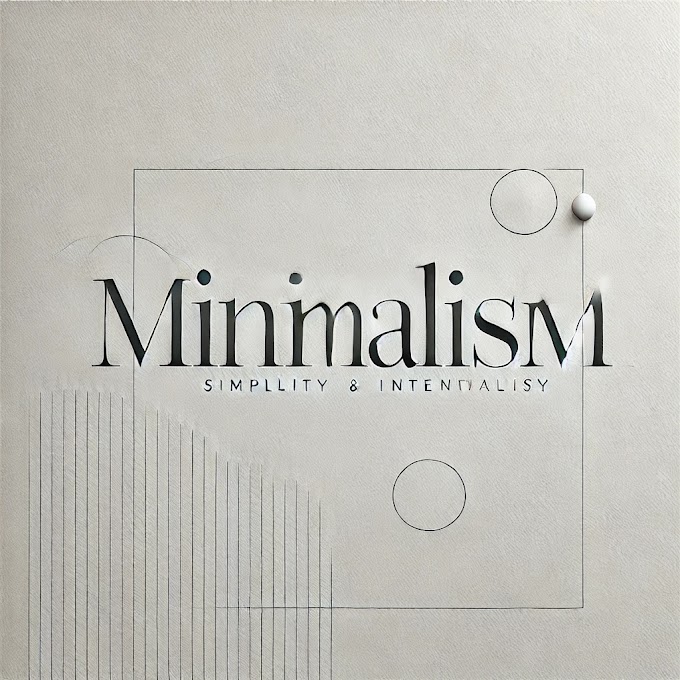In today's modern, fast world, information, demands, and distractions around us seem endless. It easily happens that with so much to attend to, one doesn't live the present moment fully. This is where mindful living steps in-an approach to life that teaches us to slow down, pay attention, and experience life while it unfolds.
It does not involve doing less or escaping; mindful living involves an act of will in terms of choice in the way one relates to the world. It is the practice of becoming aware, being present, and creating a deep connection with oneself and others. This blog post explains what mindful living is, how it can help in improving your life, and some of the practical steps you can take to incorporate mindfulness into your daily routine.
What Is Mindful Living?
Mindful living is a way of living in the present without judgment or distraction. It is the paying of attention to the world around one with an open and accepting attitude. Rather than hurrying through life, it encourages one to relish every moment, appreciate the little things, and make conscious choices about how one is spending one's time and energy.
It is not confined to meditation or yoga; mindfulness can be applied to everything you do, from eating and working to interpersonal interaction. Mindfulness really is about taking the time to know oneself again and the world around you better. It means slowing down, feeling the experience, and reconnecting to life in a more meaningful manner.
Mindful Living: Benefits
It might make a real difference if you approach your life with mindfulness. Here are some of the many benefits that could result from living a life of mindfulness:
Less Stress and Anxiety: Mindfulness teaches you to live in the present moment and avoid being anxious about what happened or what may happen in life. It lessens feelings of stress and anxiety, and will help you remain unruffled during the stormiest of times.
Concentration and Productivity Improved: You will enhance the ability to focus your attention, thereby reducing distractions. This will ensure that you work productively and put better utilization of your time in general.
Better Emotional Well-being: Generally, mindfulness lets you approach your emotions with acceptance and compassion. It enables one to know his feelings without judgment. You will create a very healthy relationship with your emotions. The results will be seen in your improved mental health condition.
Better Relationships: Mindful living creates deeper, more profound contact with people. Being present in your interactions allows you to listen more intently, understand, and connect better with others.
Increased Self-Awareness: Mindfulness helps you get more in touch with your thoughts, feelings, and desires. This self-awareness lets you make more conscious choices and live in alignment with your values.
How to Embrace Mindful Living
Fortunately, you do not have to alter your whole life in order to start living more mindfully. Here are a few simple, practical steps you can take to bring mindfulness into everyday living:
Practice Mindful Breathing One of the easiest ways to get started with mindfulness is to focus on your breathing. Every day, take a few moments to close your eyes, breathe in deeply, and exhale slowly. Pay attention to the sensation of your breath as it moves in and out of your body. This simple practice can help you anchor yourself in the present moment and reduce feelings of stress.
Practice Mindful Eating Rather than gobbling your food down, take your time and focus on the food you eat. Pay attention to the flavors, textures, and aromas of what you are eating. Eating mindfully may help you learn to enjoy food more, be more aware of your Fuller feelings, and allow you to stop when satisfied.
Be Present in Your Conversations In today’s world, it’s common to be distracted during conversations—whether by our phones, our thoughts, or our surroundings. To practice mindful communication, focus entirely on the person you’re speaking with. Listen attentively, make eye contact, and refrain from interrupting or multitasking.
Practice Gratitude Take a minute each day to reflect on what you are grateful for. It can be as simple as appreciating a hot cup of coffee in the morning or being thankful for a supportive friend. Gratitude helps you stay present and focused on the positive aspects of your life.
Mindful Movement Activities such as walking, stretching, or yoga help get one into a mindful state, connecting them to their body. Be aware of what happens within the body while it's moving; instead of the mind drifting away, feel the sensation.
Slow Down and Simplify Sometimes, a great way of being mindful is to go slow and simplify: take breaks between your activities, pause to breathe, restart, eliminate distractions you can easily avoid, and focus your attention on what you are doing. This is one way in which you become present and do not feel overwhelmed.
Conclusion: The Magic of Mindfulness
Living more mindfully does not mean living perfectly or without stress. Rather, it's an intention about time, presence in each given moment, and furthering one's appreciation for life with deeper awareness and thankfulness. It will afford a far greater feeling of peace, joy, and connectedness to every area of life.
Start small, and gradually incorporate mindful practices into your day. With time, you’ll begin to notice the profound effects of mindfulness on your mental, emotional, and physical well-being. Embrace the art of mindful living and unlock the power of the present moment.







